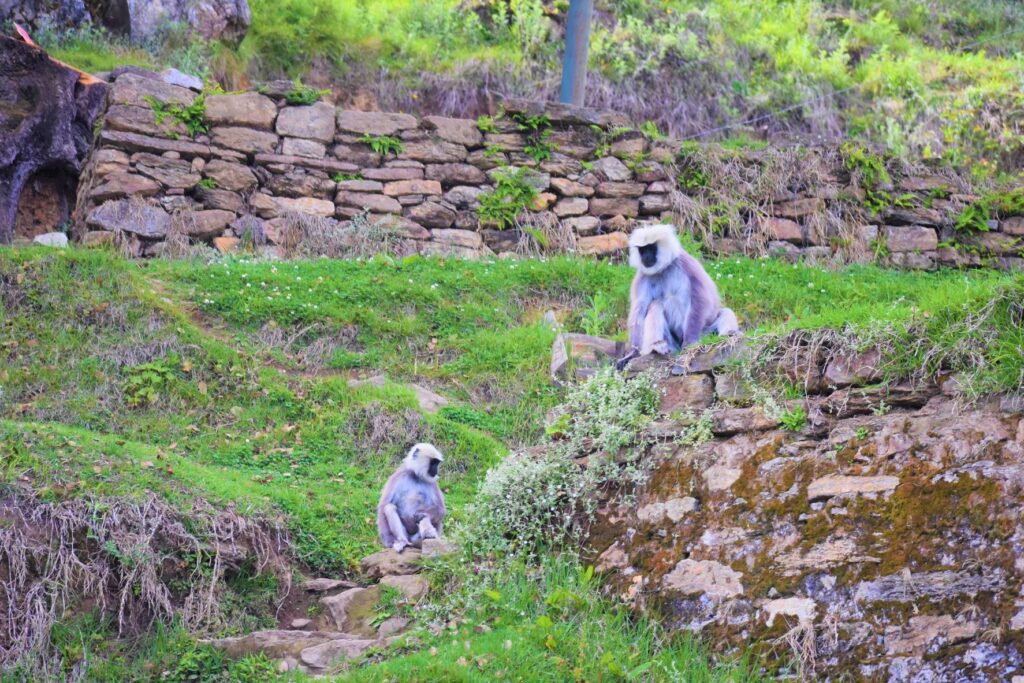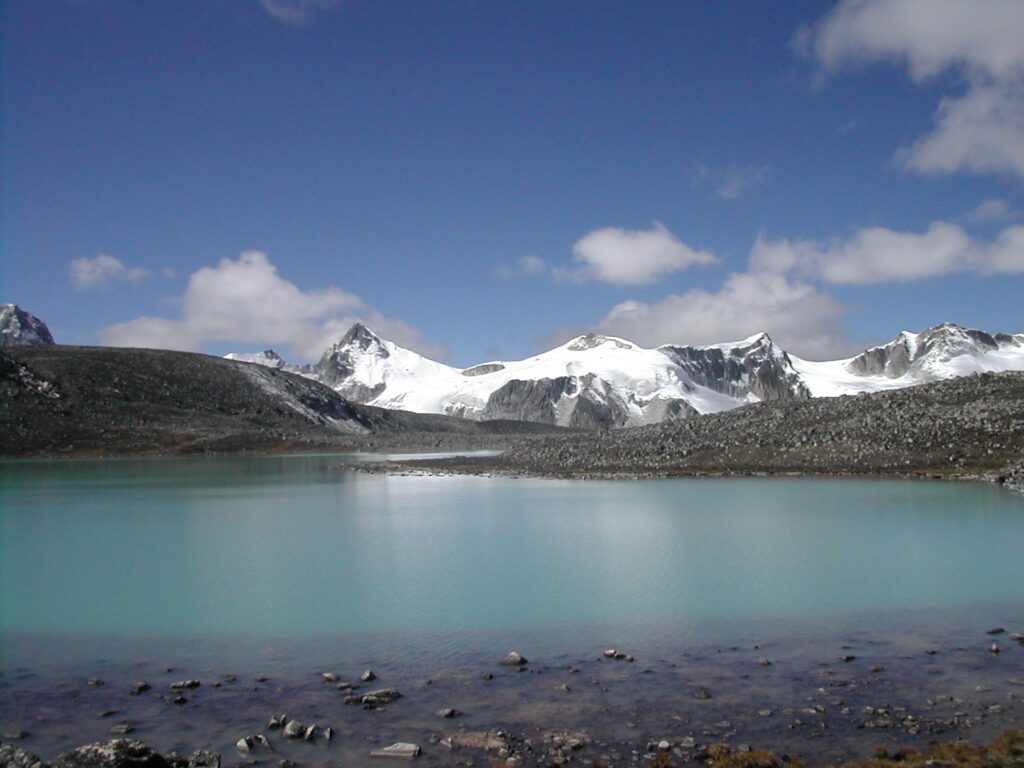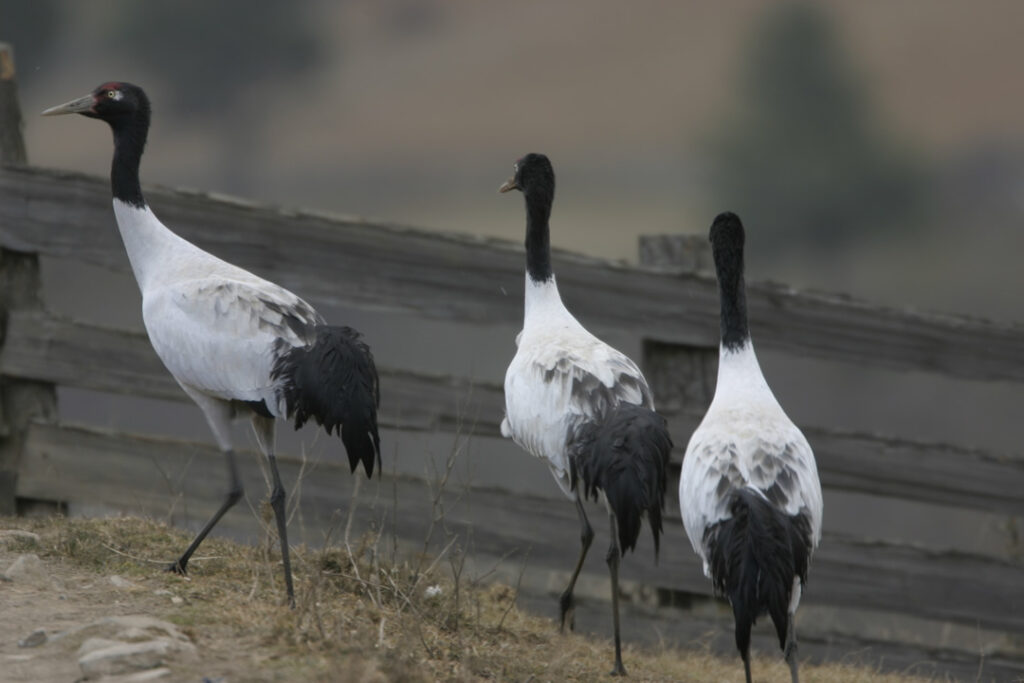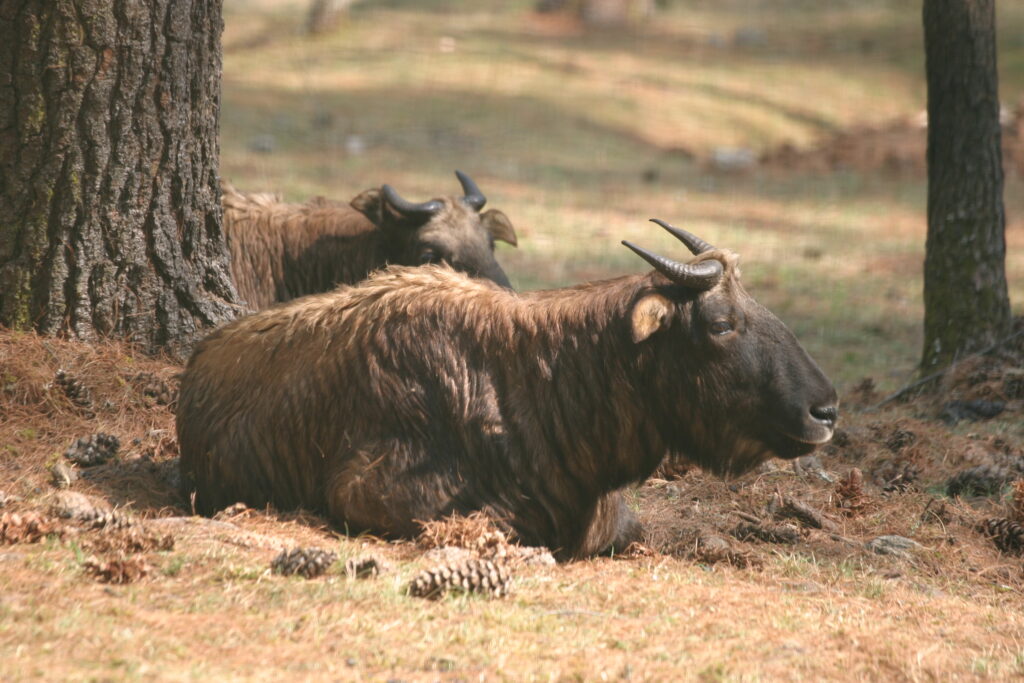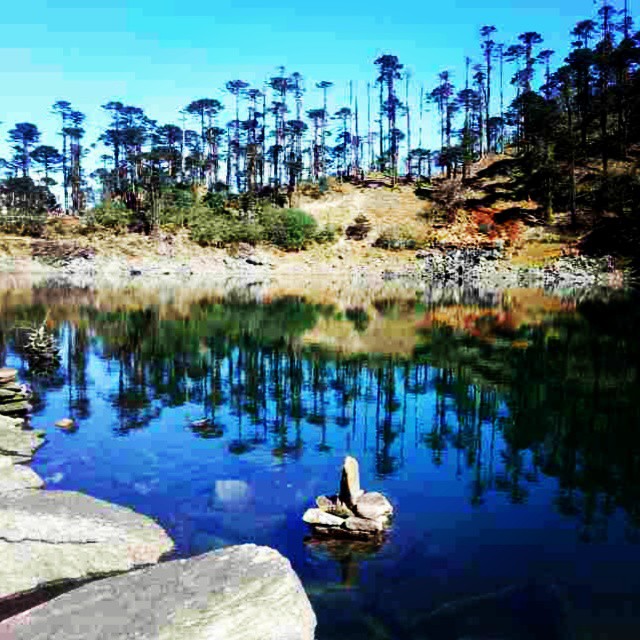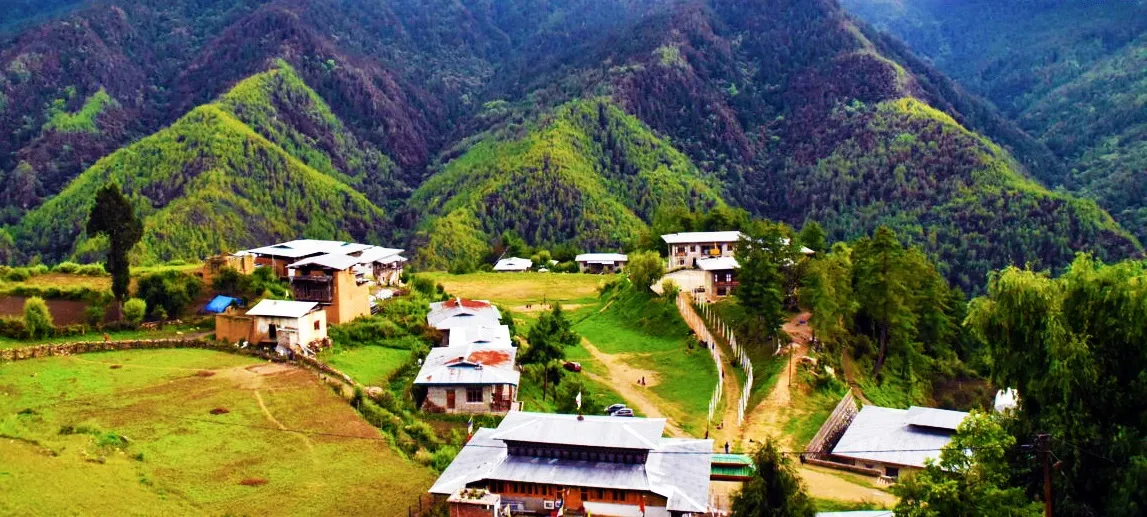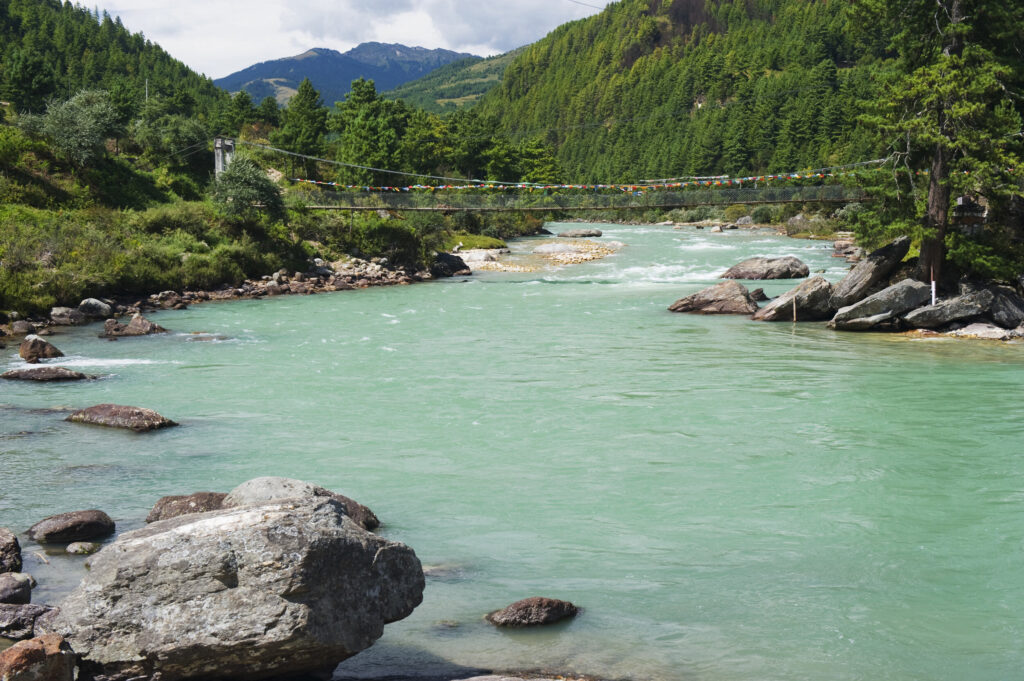Bhutan Environment
Although it is one of the smallest countries in the world, Bhutan’s commitment to environmental conservation is visionary. Conservation of the environment is one the Four Pillars of Gross National Happiness and it is constitutionally mandated that 60 percent of Bhutan’s land must be forever preserved under forest cover. Happily, this mandate has been exceeded. Seventy-two per cent of the country is covered by forest, the largest percentage of any Asian country, safeguarding for the Bhutanese people their birth right of living out life in a healthy environment.
Bhutan’s wide altitudinal and climatic range – from subtropical at 1500-2000m to alpine at 4000m and above – is home to diverse and rich flora and fauna including endangered Royal Bengal tigers, elusive snow leopards, elegant black cranes and elephants, as well as around 300 species of medicinal plants. Recognized as an area of high biological diversity, known as the East Himalayan ‘hot spot’, it has over 400 resident species of birds, including 16 classified as endangered worldwide.
Bhutan’s national animal is the very rare and protected Takin. Legend says it was formed from the head of a goat and the body of a cow by the historical master, Drukpa Kinley (The Divine Madman) and to this day, the Takin is found only in Bhutan. Outside of its native high alpine habitat, visitors can see this rare animal at Takin Forest Park located above Thimphu City.
Environmentalists by long-standing tradition, Bhutanese revere the rivers, lakes, mountains and forest as sacred, their integrity essential to a harmonious society. Both locals and visitors delight in trekking and making pilgrimage to the many sacred places of this pristine Himalayan land.
Join With Us
Discover, plan and book your perfect trip with expert advice, travel guides, destination information and inspiration from Longchenpa Tours & Treks.

